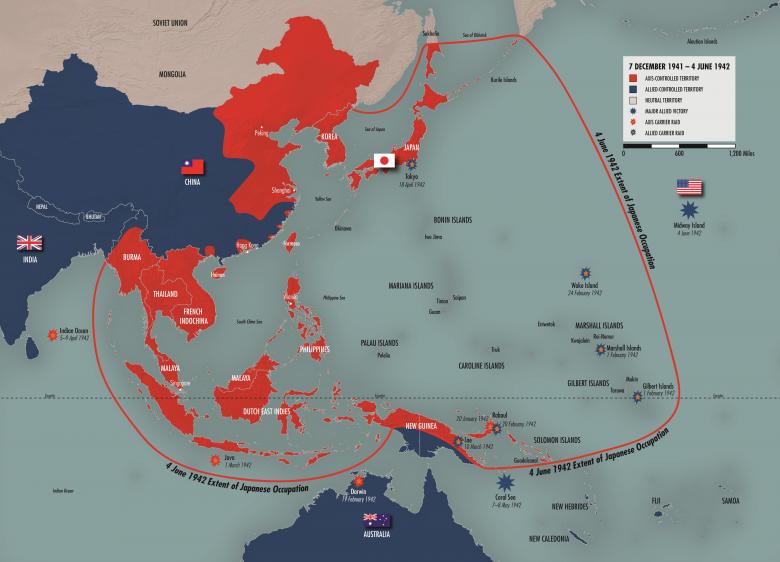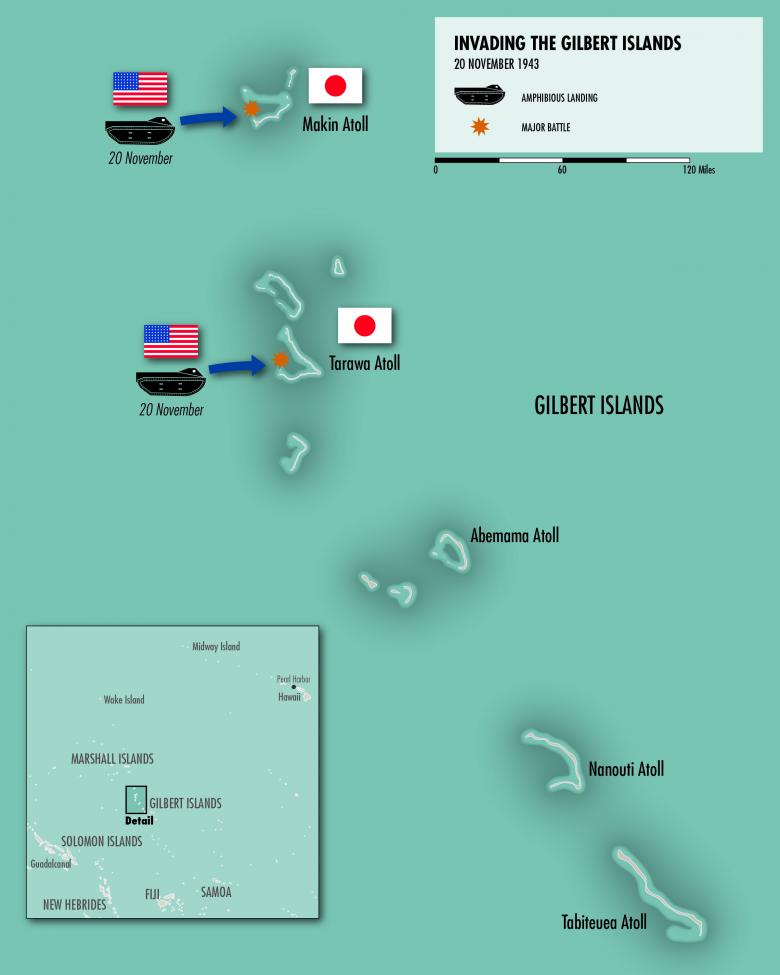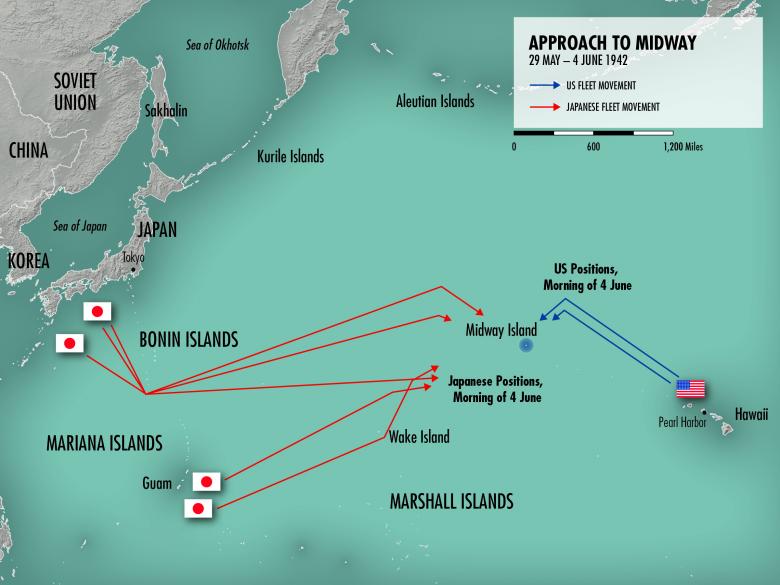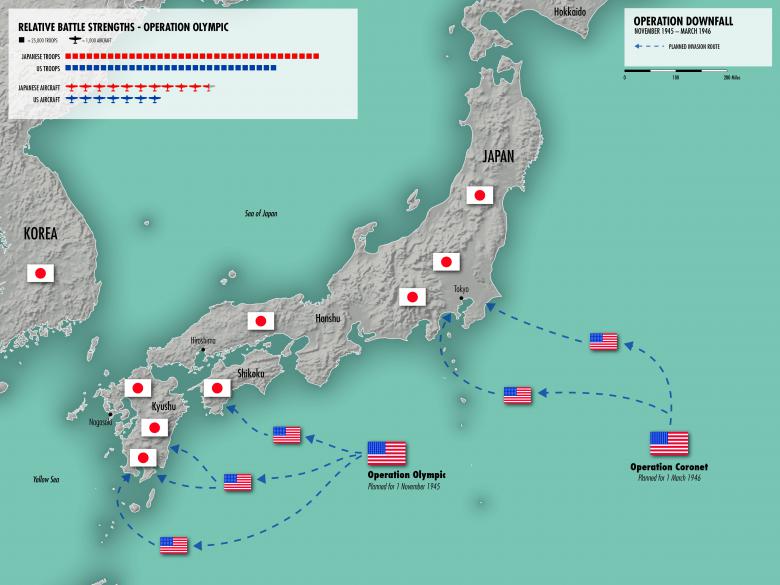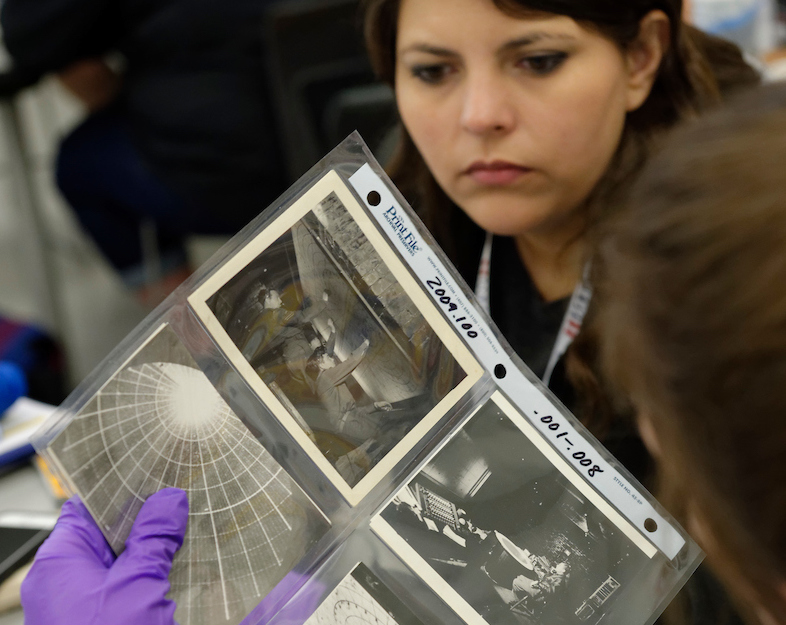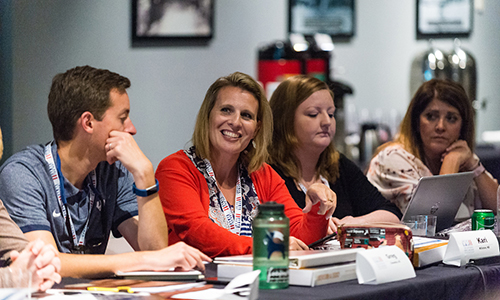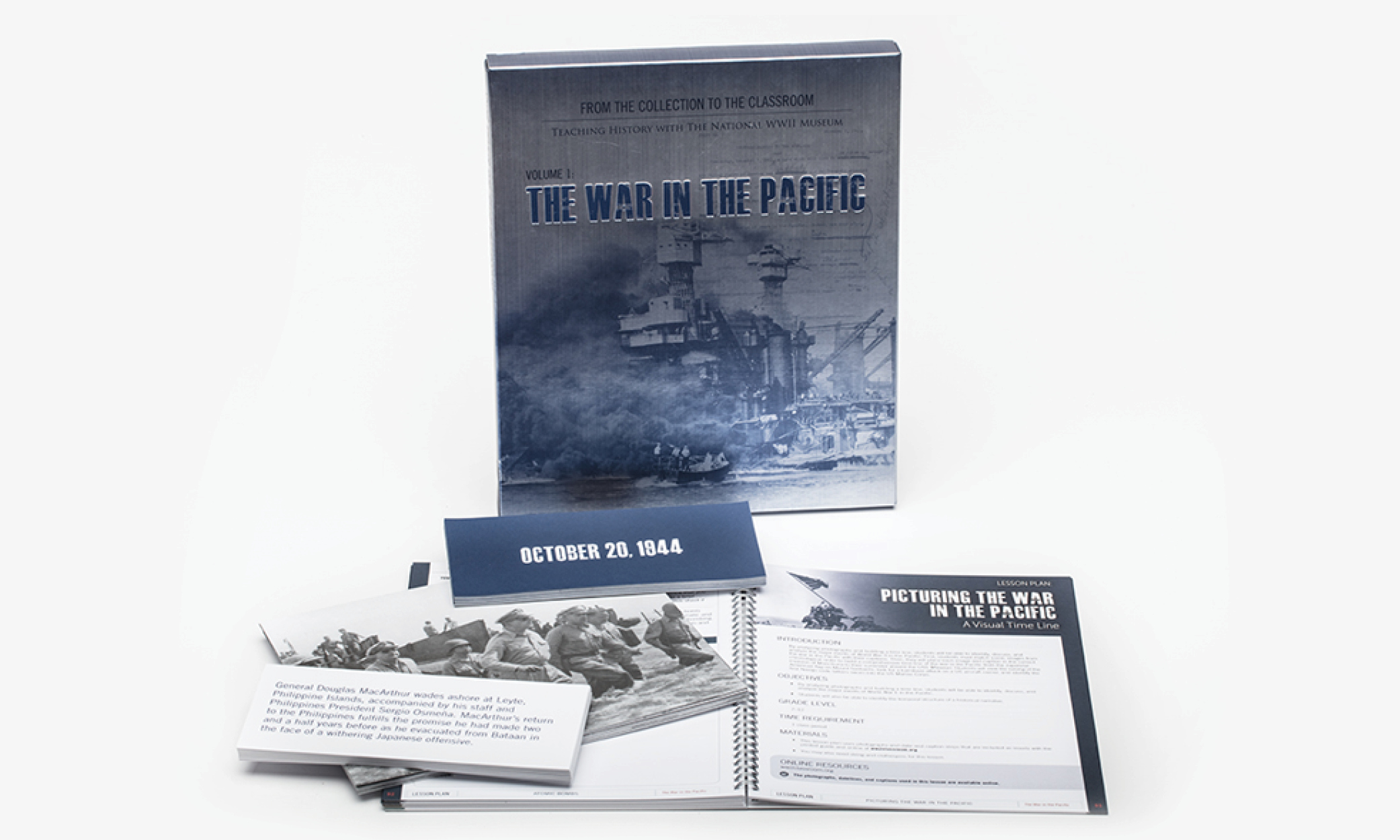
Picturing the War in the Pacific: A Visual Time Line
This lesson combines photo analysis with chronological reasoning skills, and also asks students to think deeply about how historians must select and prioritize historical events when writing about the past.
Evaluating the US Decision to Drop the Atomic Bombs
In this lesson, students learn that historians can reach very different conclusions about the same historical event, sometimes even using the same evidence.
Iwo Jima: The View from the Front Lines
Students examine different types of primary sources related to American military experiences during the Battle of Iwo Jima in order to draw conclusions about those experiences and evaluate the strengths and weaknesses of the different sources.
Race and War in the Pacific: A Propaganda Gallery Walk
Students analyze Japanese and American wartime propaganda to compare the combatants’ ideas about each other and evaluate propaganda as a source for historical research.
Remembering V-J Day
As welcome as victory over Japan was, the end of the war was bittersweet in light of its destructiveness. More than 400,000 Americans—and an estimated 65 million people worldwide—had died in the conflict.
Atomic Bombs
The United States' decision to develop and utilize the atomic bomb changed the course of human history forever.
